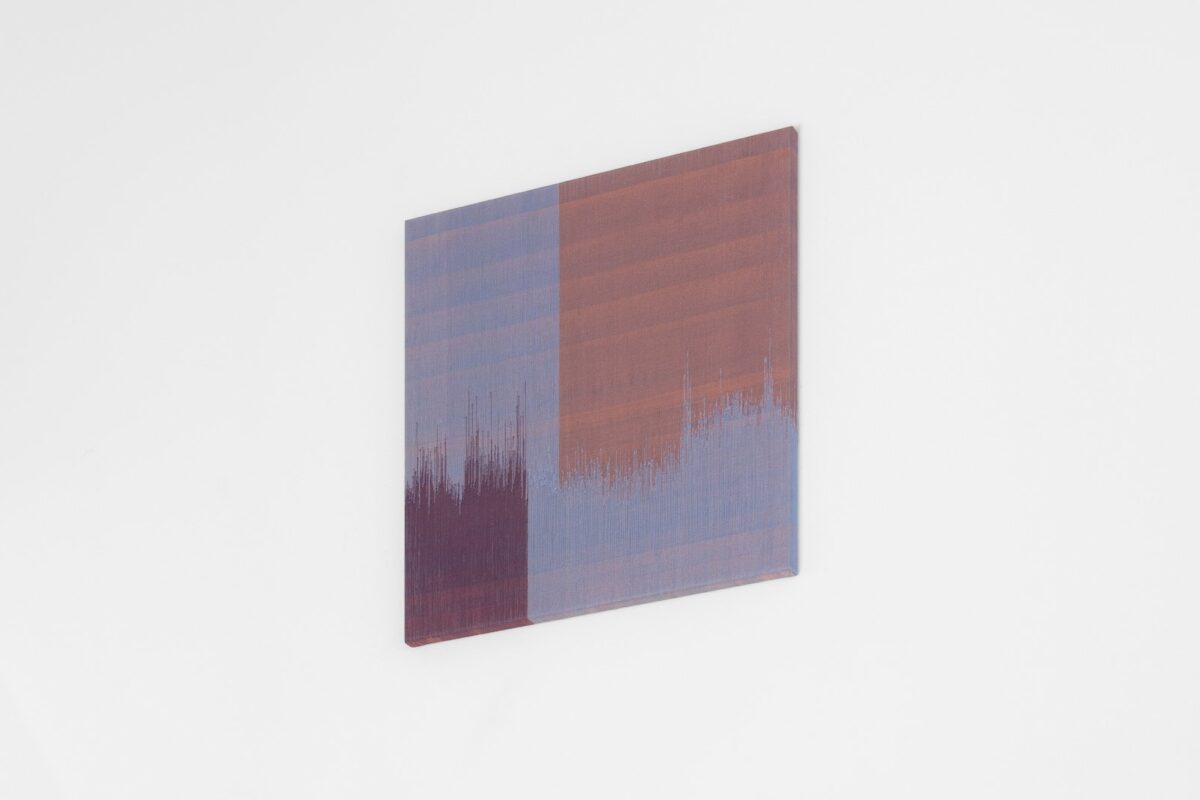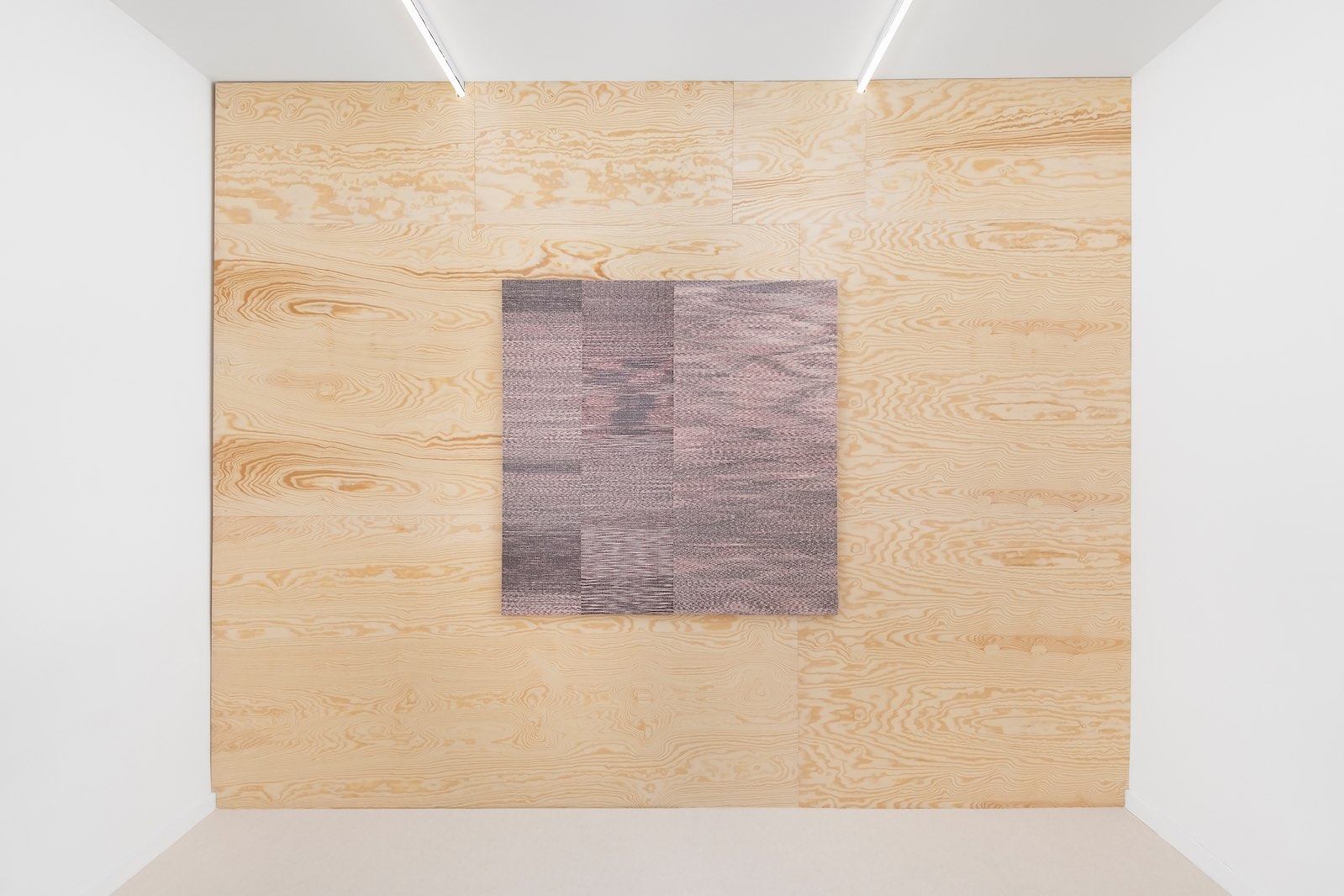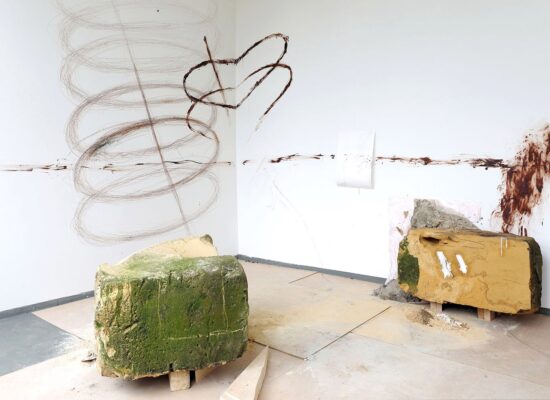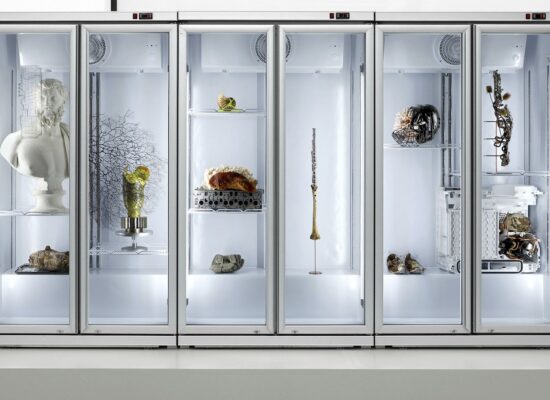How do you describe your own art practice?
My art is visual and anchored in material, like tangible images.
The starting point of my current body of work is the legacy of the textile medium. I draw on ancestral textile techniques such as natural dyeing and manual weaving, bringing these cultural traditions into a contemporary context.
My works are visual phenomena that embody a sense of plastic balance. The naturally dyed threads accumulate rhythmically, by repetitive gestures between the past and the future. It is through the weaving process, with its inherent capacity for abstraction, that an image reveals itself.
Like all textiles, they carry stories within their very fabric, conveying narratives, preserving memories, and revealing embedded emotions.
The hues I create unfold through the canvas surface, they are interwoven colors, rather than superimposed layers of paint. When stretched on frames, the composed fabric fragments take on a new presence. They begin to function like paintings, but the choice of framing them is more than compositional, it helps to see the colors in vibration. It’s also a statement of autonomy for the textile, which has become central.
While the textile medium has long been associated with femininity, domesticity and craft, in my work it is elevated into the visual domain, intertwining textile practice with representation, and offering an immersion into art history.
I treat textile not just as a medium, a surface, or a material, but as a subject. I aim to blur the lines between these concepts, to move beyond traditional image-making, and to question the very nature of what an image can be.
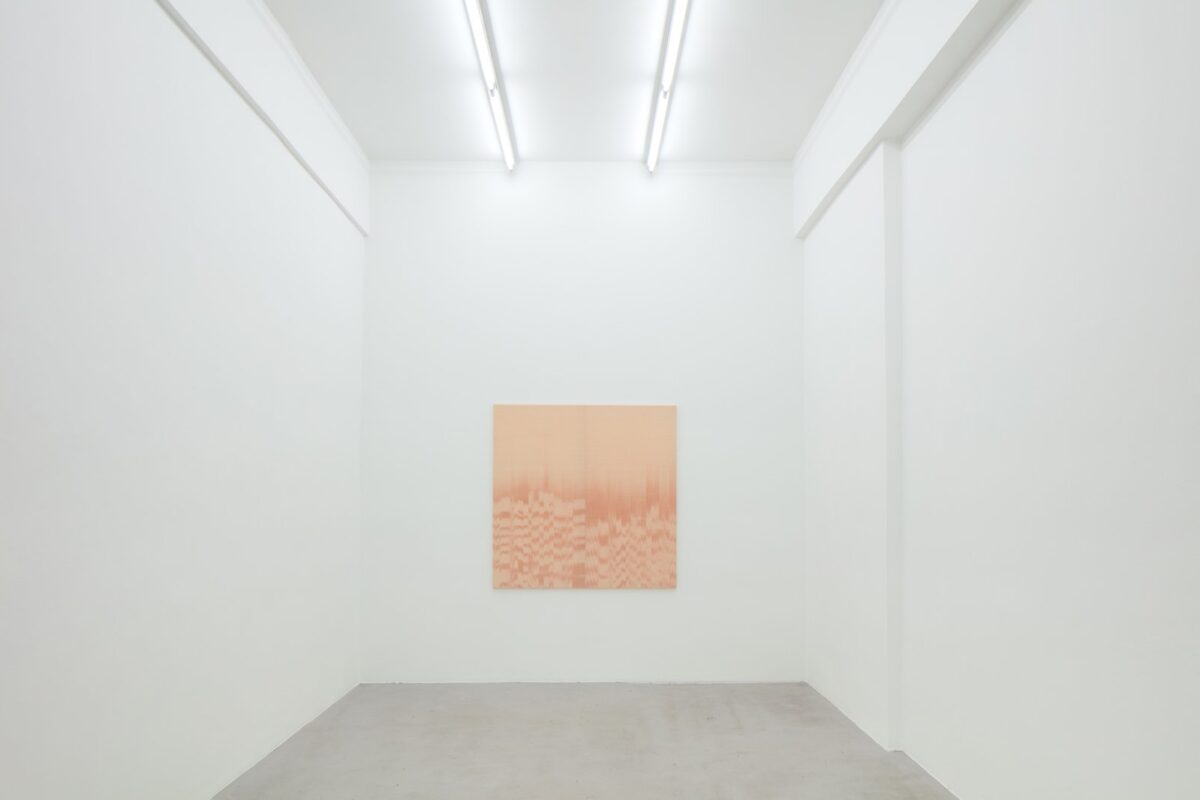
Which question or theme is central in your work?
My work revolves around themes of transformation, transition, evolution, and transmission, all of which create a continuous dialogue with time.
Whether it’s through a resistance to industrialized processes or the slower, more intimate rhythms of working by hand and the engagement with materials.
Textiles embody non-verbal knowledge. They hold intuitive gestures and sensations, revealing how deeply our bodies are connected to matter in the act of making.
For me, working with these materials is not just a technical process, but a way to engage with broader questions about humanity and cultural conventions. I’m fascinated by how textile materials have shaped societies in so many ways.
Themes such as feminism, ecology, and our relationship with nature are also central.
They allow me to reflect critically on how production, labor, and capitalism affect our personal lives and our collective futures.
There is an undercurrent of beauty in this tension, the beauty of impermanence, of fragility, and of human resilience in the face of societal pressures.
These inner conflicts may not be immediately visible in the work, but they inform everything I do. I understand that the full complexity of the work might not be easy to seize, but that’s okay. At this moment my practice is a space for reflection rather than resolution.
Ultimately, focusing on the tension within the composition itself becomes an exploration of contradictions. There is a certain pull between opposing forces, such as the personal and the societal, beauty and destruction, craft and minimalism. The final image is also always to be set in relation to the viewer’s own experience.
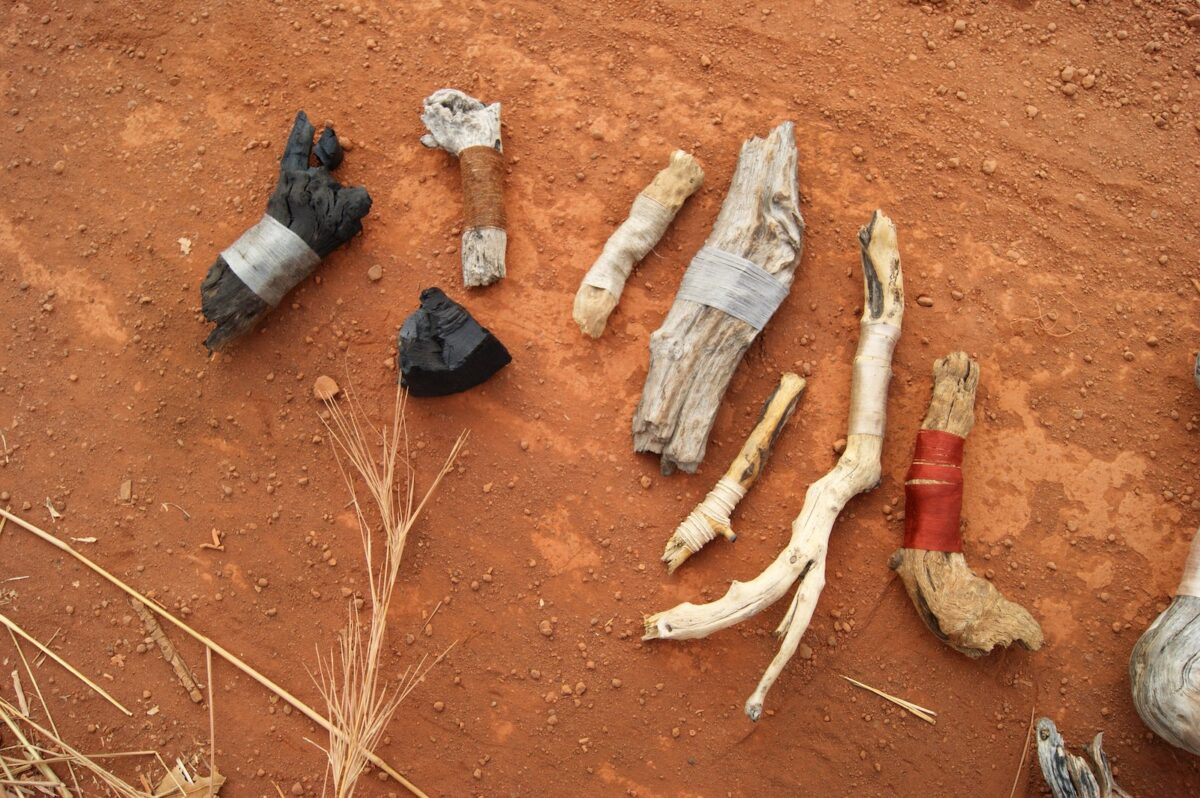
What was your first experience with art?
I don’t remember a specific first experience with art. I could hold a pencil before I could do much else. Some adults around me showed me art in one form or another. It feels like imagining and creating have always been part of my life.
But the moment I began to understand the difference between drawing as a technique and what art can be was in secondary school. We visited a contemporary art museum, and I remember being quite impressed. It opened something up for me, unimaginable possibilities, and a different way of understanding.
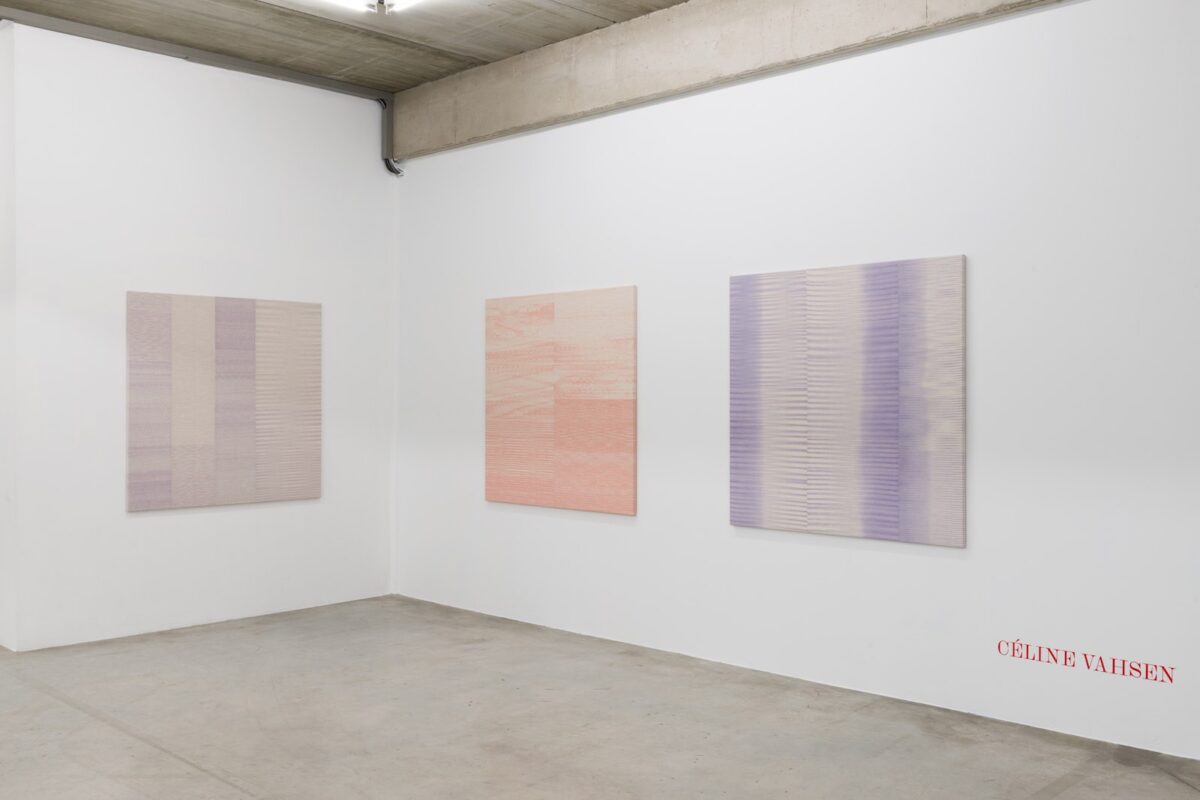
What is your greatest source of inspiration?
I think it’s more of a drive, an unceasing impulse, than a specific source.
Perhaps it’s my immediate surroundings, everyday life, life itself, the people who pass through it, the meaningful relationships that shape it, and the pain of life.
I am also drawn to nature, and the inevitable change within it. Time, which shapes it and also passes by. I’m especially moved by transitions, those in-between phases where you feel uncertain. The passages of life that mark a new chapter of becoming, but first make you lose something. These raw moments are uncomfortable, filled with discomfort, but they’re the most powerful ones. They stir emotions that drive me forward, even through the unsettling parts.
My work is very much process-based. I respond to whatever is available at the moment: tools, machines or materials I can manipulate. I observe how they behave, how they respond or resist, and I keep shaping until something feels rightly unbalanced, harmonious, and for an instant almost perfect. It’s an intuitive process, driven by energy and presence, informed by experience and a sensitivity to the now.
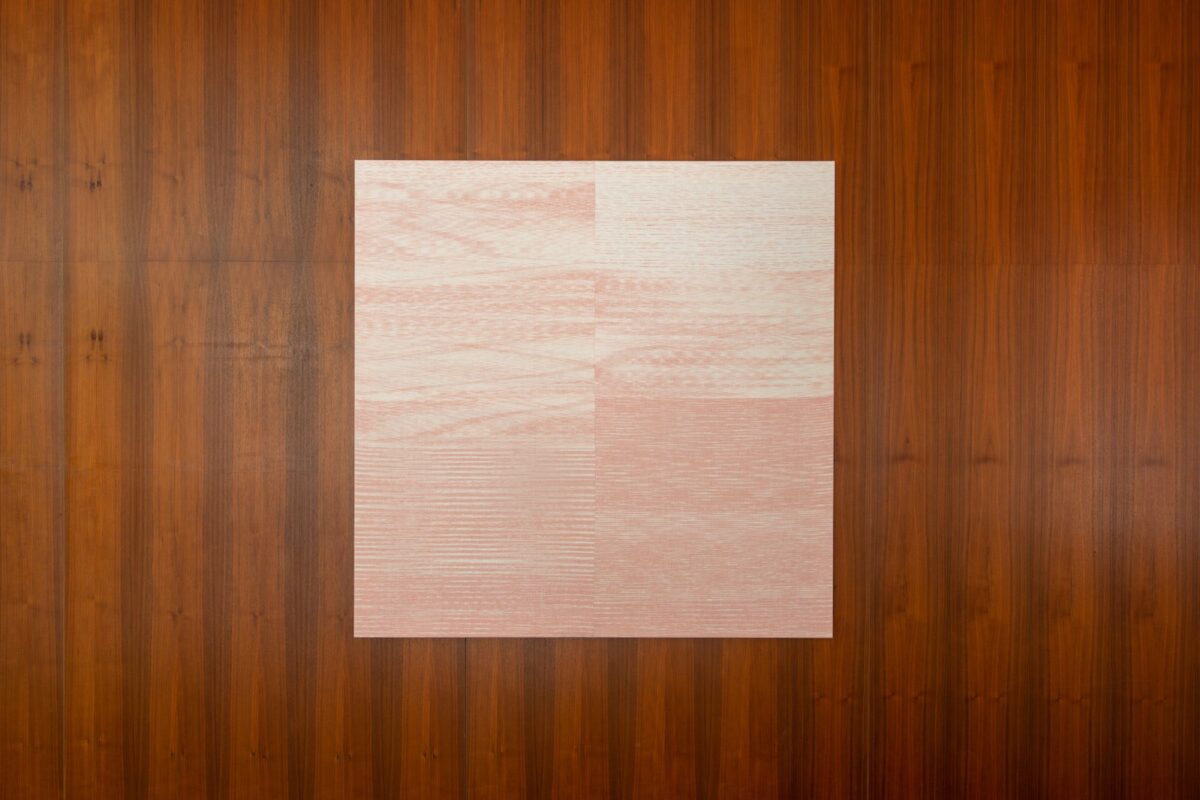
What do you need in order to create your work?
Any kind of pressure kills my creativity, also deadlines.
I need time, silence, a sense of inner peace. An organised, individual studio space is essential. I need to feel at ease, both mentally and physically, in order to focus and concentrate. Weaving and dyeing also requires a lot of physical work.
On the other hand, I also need external stimulation, friction, something to push my thoughts in unexpected directions.
Artist residencies sometimes help with that, exchanging and hearing different perspectives.
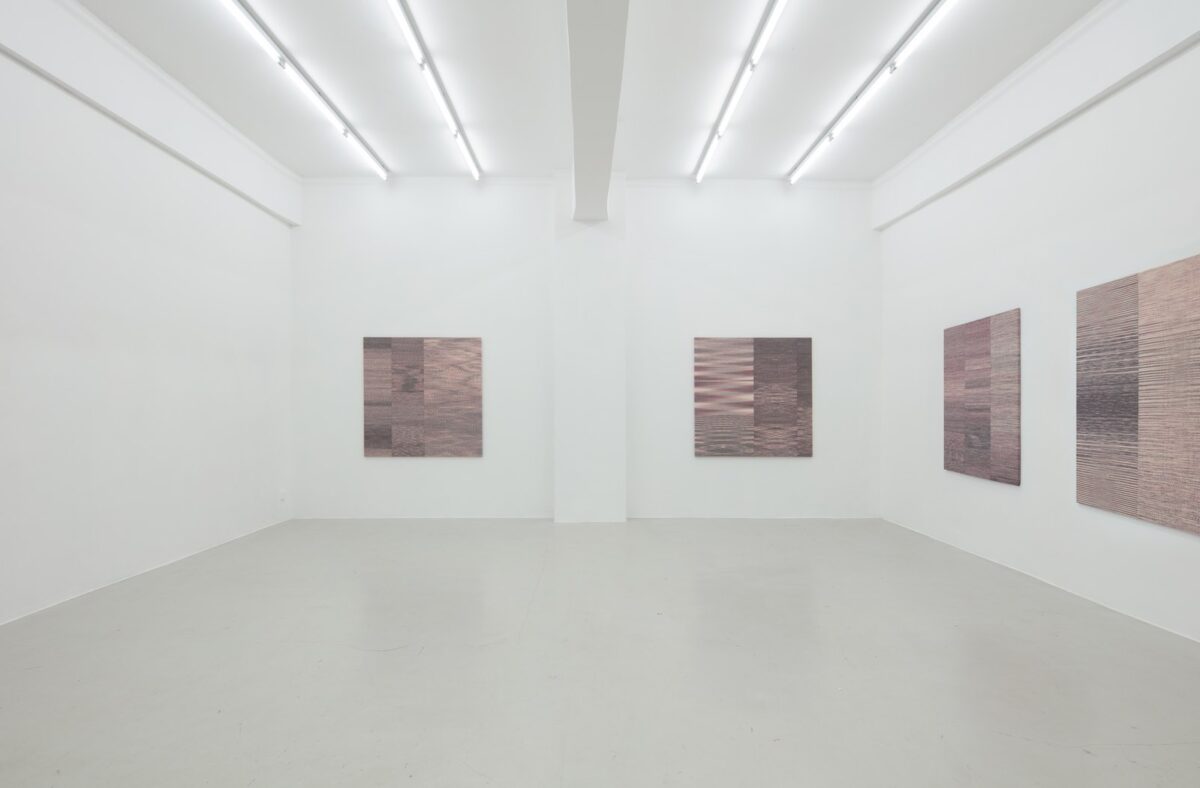
What work or artist has most recently surprised you?
During breakfast in Ziguinchor, someone told me about Seyni Awa Camara, a Senegalese artist. One had visited her studio nearby and shared photos of her work and space, along with mystical life stories. I was immediately moved and fascinated. Just a few days later, I unexpectedly came across her ceramic sculptures in a gallery in Dakar. That encounter, first with her story, and then with her magical work, left a lasting impression on me.
